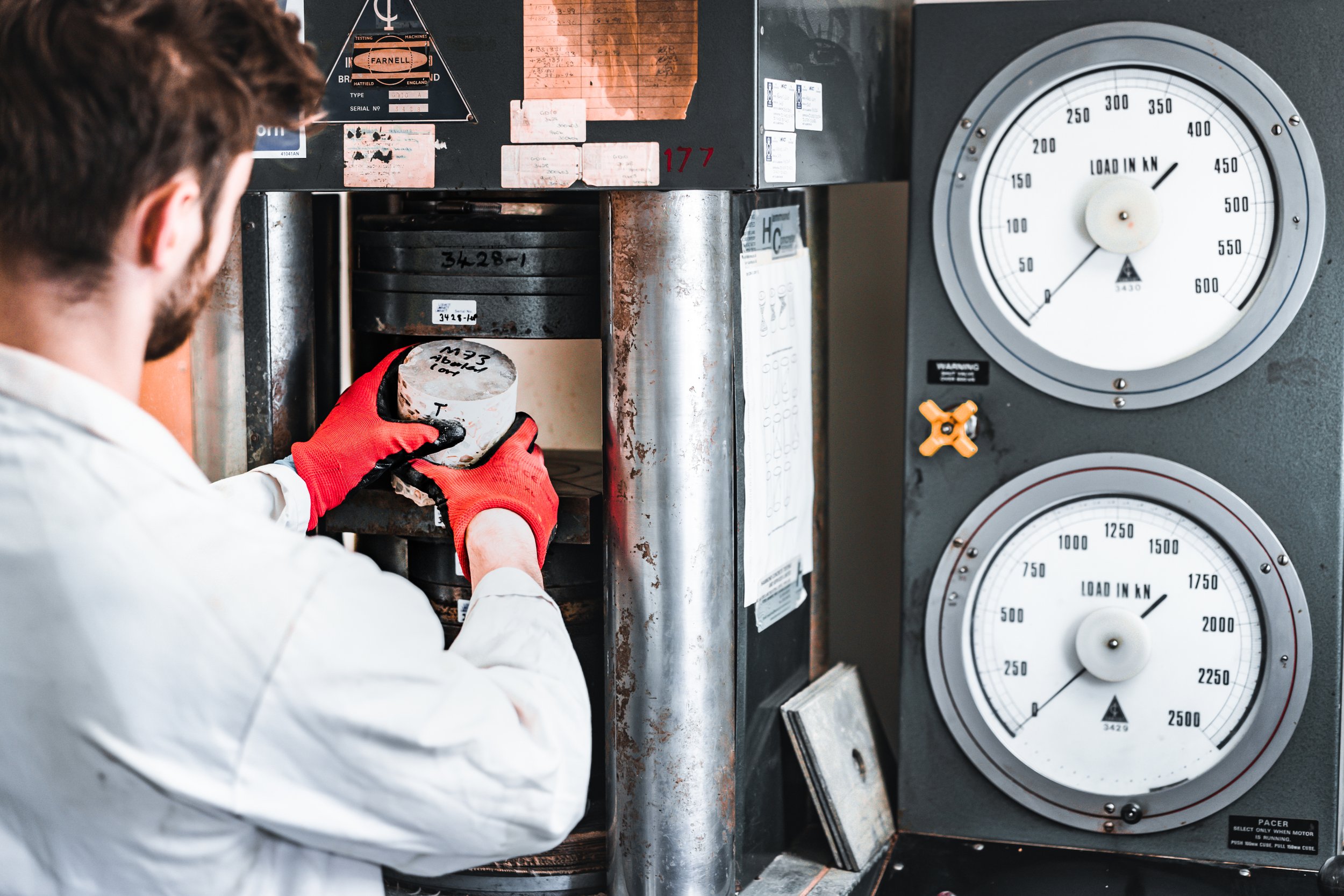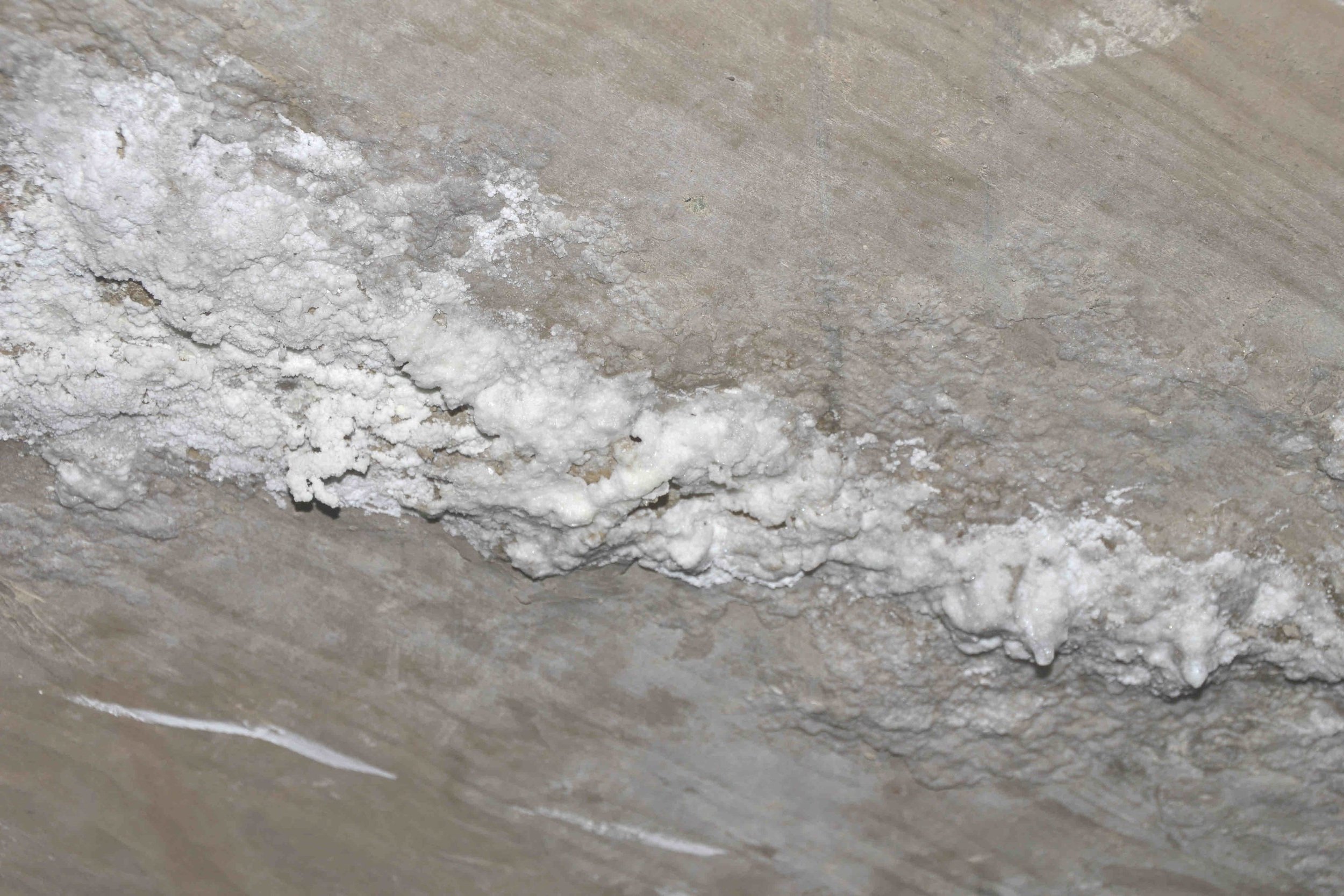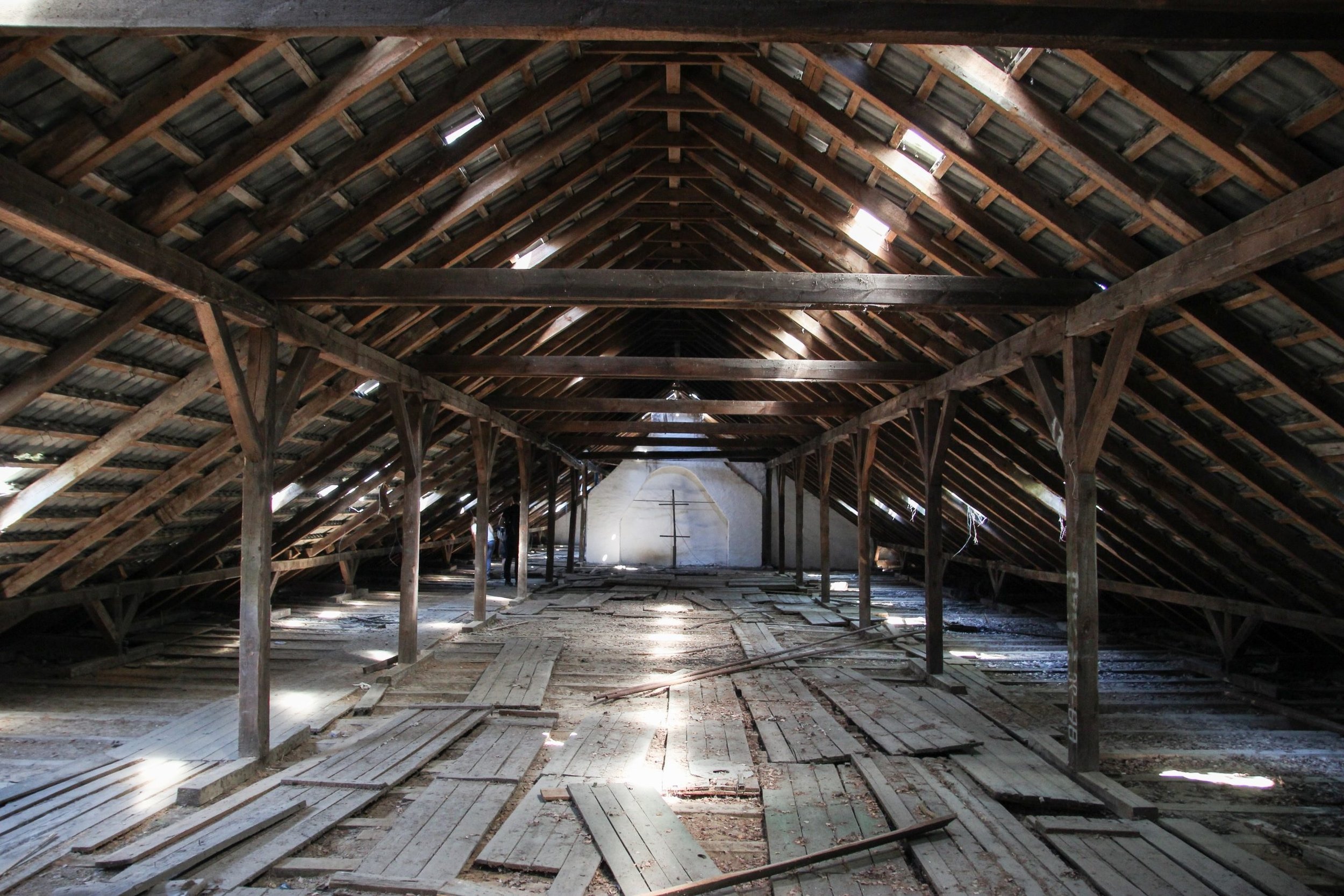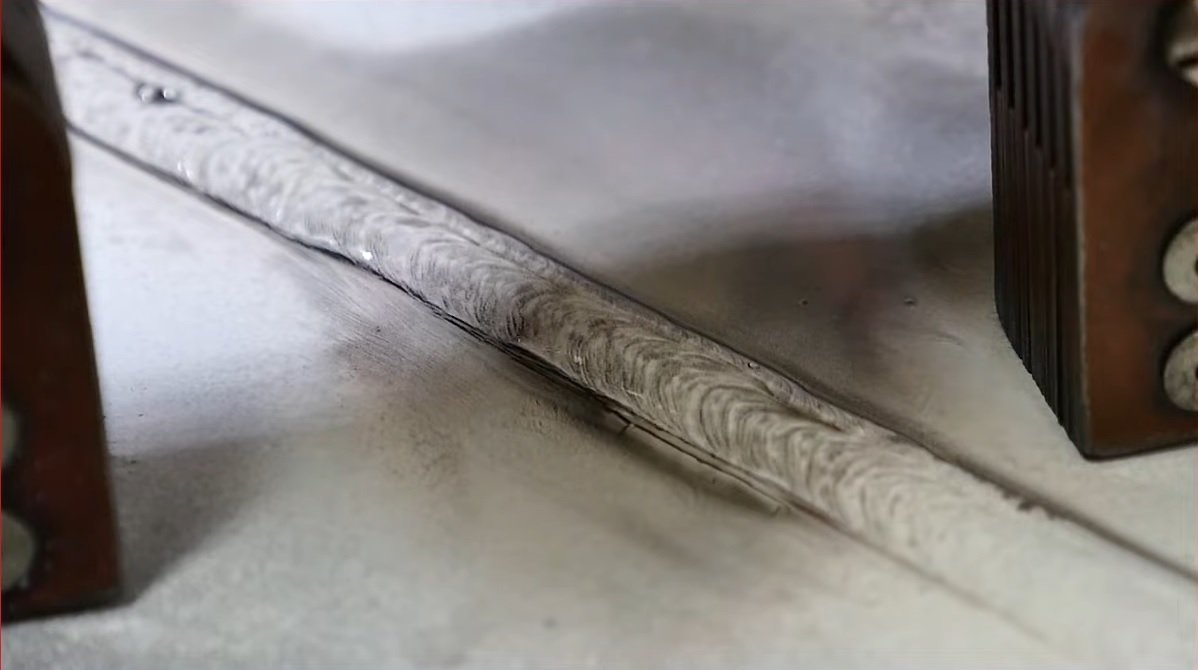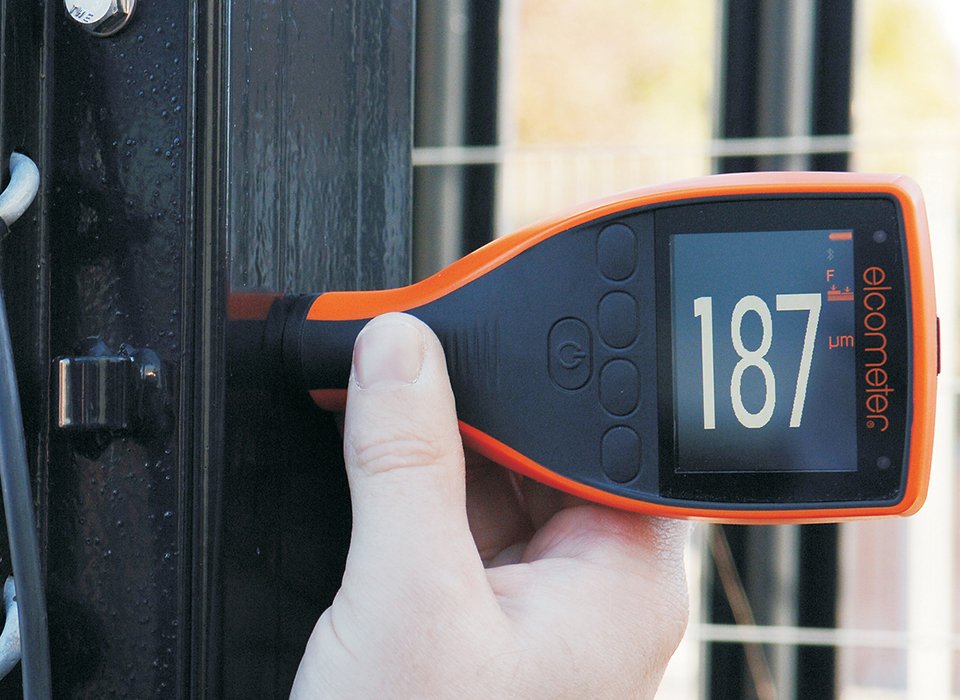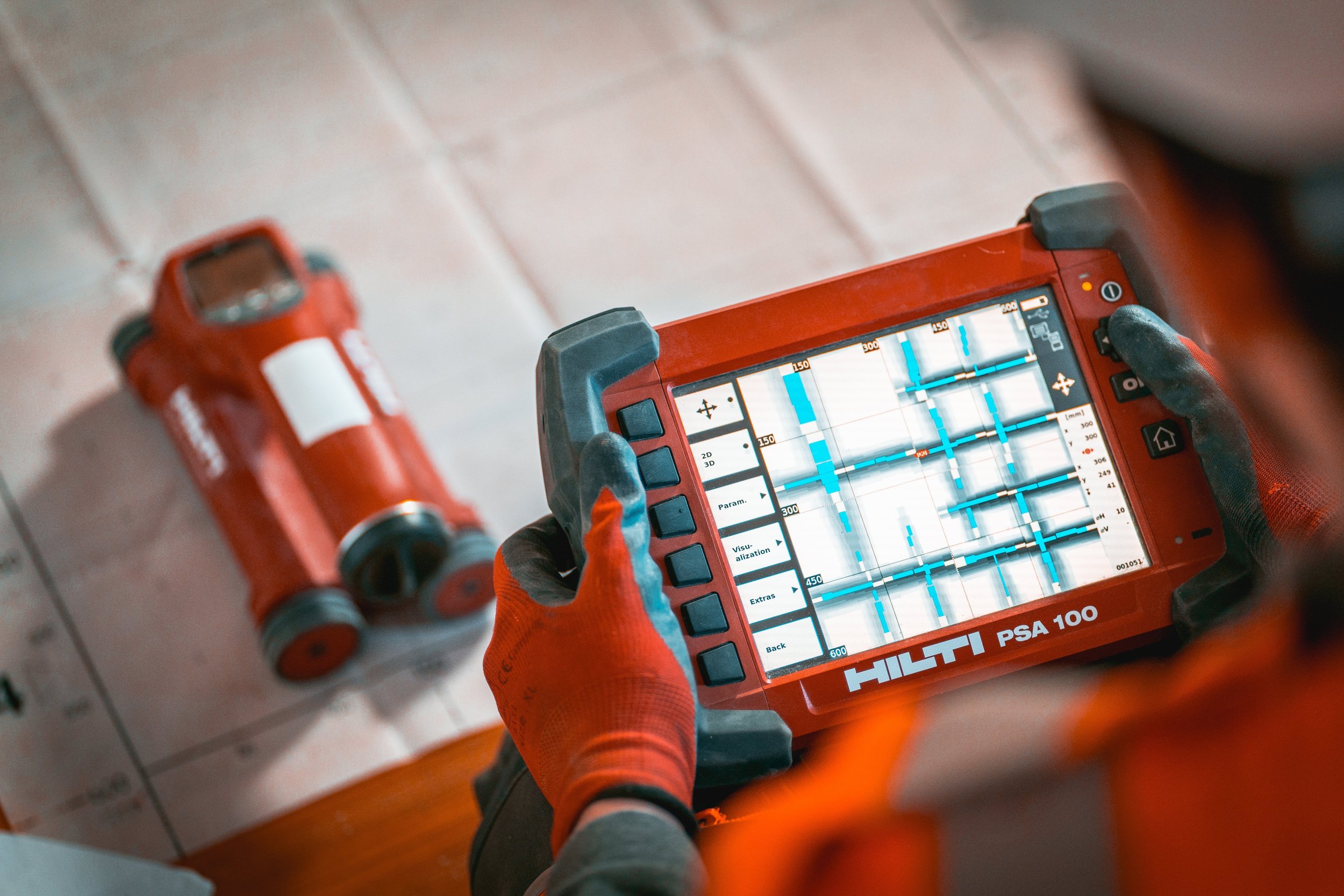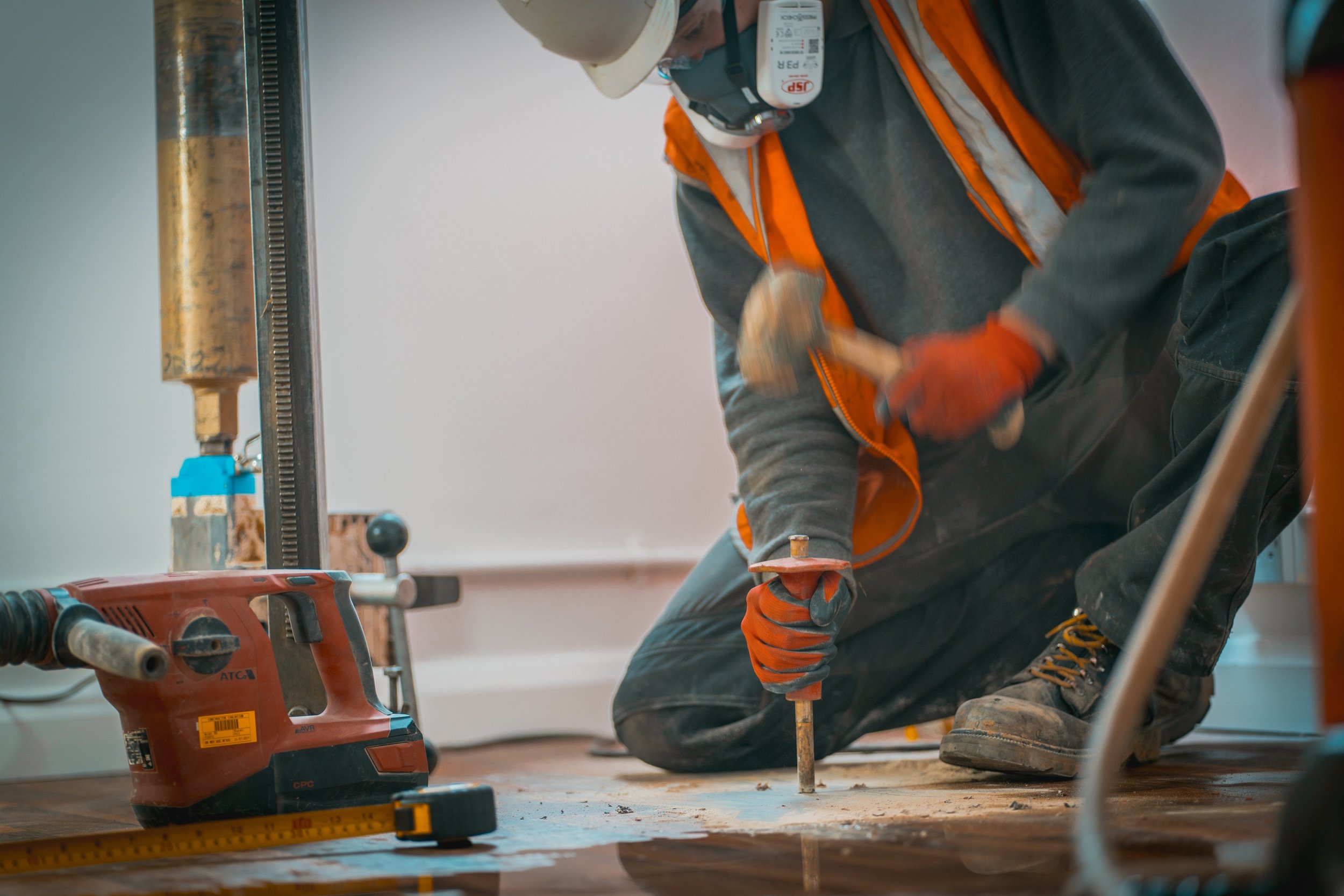
Material Testing
Material Testing
Concrete inspection and maintenance are crucial for ensuring the longevity, safety, and performance of concrete structures. Regular inspections help identify early signs of deterioration, such as cracking, spalling, and water infiltration, which can compromise structural integrity and lead to costly repairs if left unchecked. By prioritising concrete inspection and maintenance, property owners can prevent significant issues, ensure compliance with safety regulations, and ultimately protect their investment. Investing in these essential processes optimises the lifespan of concrete assets and promotes a sustainable approach to construction infrastructure.
Construction Diagnostics offers a suite of various destructive and non-destructive concrete tests to suit your needs. Please see below for the services we offer
Concrete Testing
Masonry Testing
Timber Testing
Metal Testing
Paint Testing
Non-Destructive Testing
Masonry Testing
Mix Detail Analysis
Mix detail analysis is vital for assessing mortar's composition and performance, impacting structural integrity. Key components cement, sand, water, and additives influence strength, workability, and durability. The water-cement ratio is crucial; too much water weakens the mix, while less increases strength but may reduce workability. Well-graded sand aids bonding, and appropriate cement types address environmental factors. Extensive tests on strength, shrinkage, and durability confirm mortar suitability, enhancing safety and lifespan.
Compressive Strength Testing
Concrete compressive strength testing determines concrete's ability to withstand axial loads. Standardised samples, typically cylindrical or cubical, are cured for about 28 days. A compression testing machine applies increasing axial force until failure, recording the maximum load to calculate compressive strength by dividing this load by the specimen's cross-sectional area. This testing is vital for assessing concrete quality, ensuring it meets design requirements, and confirming structural safety.
Chloride Ion Content Testing
Chloride ion testing evaluates chloride concentrations in concrete, as these ions can corrode steel reinforcement, threatening structural integrity. Samples are collected and analysed using titration or ion-selective electrodes to measure chloride levels, with results helping assess corrosion risk. This testing is vital for ensuring structural durability and safety, guiding maintenance, and informing construction practices in environments exposed to de-icing salts or seawater.
Petrographic Analysis
Petrographic analysis of concrete examines its materials and structure using microscopy. Concrete samples are prepared in thin sections for detailed study. Key goals include identifying mineral composition, assessing aggregate quality, and investigating the bond between cement paste and aggregates. This analysis reveals durability, strength, and potential issues such as alkali-silica reactions or freeze-thaw damage. It also identifies causes of concrete failures through microstructural analysis.
Sulphate Content Testing
Sulphate testing is an assessment process that evaluates the presence of harmful sulphate ions in the concrete mix. Sulphates can react with components of cement, leading to expansion and eventual deterioration of the concrete structure. This testing typically involves sampling the concrete and analysing it for soluble sulphate content using chemical methods. Understanding sulphate levels is vital in preventing potential damage, especially in regions where groundwater or soil contains high levels of sulphates.
Timber Testing
Moisture Testing
Moisture testing is a vital process that measures the humidity levels present in both the air and various construction materials, which is essential for accurately assessing structural integrity and preventing the growth of mould, as well as damage caused by excessive moisture. A hygrometer provides accurate and reliable moisture readings that are essential for effective monitoring. This method is useful for construction projects and ongoing maintenance, as it ensures that materials are durable meet established standards
Timber Survey
Dendritic surveys examine timber structural elements to assess their condition and overall integrity. This method analyses growth rings and cellular structures to evaluate factors such as moisture content, decay, insect infestation, and the overall health of the timber. By utilising dendrochronology, we can accurately determine the timber's age and its growth environment, which in turn aids in making informed decisions regarding the maintenance, restoration, or potential replacement of timber components within the structure.
Timber Defect Analysis
Timber defect analysis systematically evaluates wooden structures for deterioration affecting integrity and performance. This assessment can incorporate inspections for decay, insect infestation, mechanical damage, and moisture changes compromising strength. Construction Diagnostics uses visual inspections, non-destructive testing, and material sampling to assess defects and recommend remediation strategies ensuring safety, stability, and longevity of the timber.
Metal Testing
Ultimate Tensile Strength Testing
The ultimate tensile strength test measures the maximum amount of tensile stress that a metal construction element can withstand before failure. During the test, a specimen is subjected to increasing tensile forces until it fractures, allowing for the determination of key parameters such as yield strength, elongation, and reduction in area. These metrics are crucial for evaluating the material's performance characteristics and ensuring that it meets the standards required for structural integrity in construction applications.
Metal Thickness & Hardness Testing
Metal thickness and hardness testing are vital in construction and manufacturing, assessing the properties and integrity of metal components. Thickness testing measures the distance between outer surfaces to meet standards, while hardness testing evaluates a material's resistance to deformation under load. These tests verify that metals have the necessary characteristics for their applications, ensuring safety and longevity in construction projects.
Weldability Analysis
Weldability analysis is a crucial process in evaluating the suitability of metal structural components for welding, as it helps identify the carbon content within the materials. Assessment of the chemical composition and microstructural properties help predict performance during welding, including susceptibility to cracking and distortion. This enables engineers to choose suitable welding techniques and filler materials, ensuring the structural integrity and longevity of welded joints in construction.
X-Ray Fluorescence (XRF) Testing
X-Ray Fluorescence (XRF) testing is a non-destructive method used in construction to identify and quantify material composition, especially metals and alloys. By exposing samples to X-ray radiation, XRF detects emitted secondary X-rays, facilitating real-time analysis of materials like steel, concrete, and coatings. This technique is crucial for assessing quality, ensuring safety compliance, and identifying issues such as corrosion or contamination, supporting informed decision-making in construction projects.
Chemical Composition Analysis
Chemical composition analysis of construction materials evaluates their elemental makeup, essential for assessing quality and durability. Techniques like X-ray fluorescence (XRF), inductively coupled plasma (ICP) spectroscopy, and scanning electron microscopy (SEM) deliver precise data. Understanding these properties helps detect corrosion risks and ensures structural integrity, supporting repairs, renovations, and material selection. This analysis is crucial for safety and effectiveness in construction.
Electromagnetic Particle Analysis Testing
Electromagnetic Particle Analysis (EMPA) is a non-destructive testing method that assesses the weld integrity of structural elements by using magnetic fields and iron particles to detect surface defects in welded joints. A magnetic field aligns iron particles along cracks or discontinuities, revealing visible indications of concern. This allows inspectors to evaluate weld quality and ensure it meets building standards. EMPA effectively identifies issues like lack of fusion, undercutting, and porosity, ensuring the safety and durability of structures.
Paint Testing
Paint Thickness Determination
Paint thickness surveys are crucial as they ensure that protective coatings meet specified compliance standards and function effectively. By accurately measuring the thickness of paint layers on substrates like metal or wood using a micrometer, we can identify potential issues related to inadequate coverage or excessive buildup. Multiple measurements taken across different locations allow for a precise average thickness calculation that informs maintenance strategies and enhances the long-term performance of coated materials.
Toxic Paint Analysis
Toxic paint analysis in buildings is vital for occupant safety, especially in structures built before hazardous substance regulations. Lead and harmful materials in older paint can cause serious health risks, particularly for children and pregnant individuals. Identifying toxic paint enables effective mitigation strategies, ensuring safety compliance and protecting public health. This analysis also improves building quality and longevity by preventing deterioration from chemical exposure.
Non-Destructive Testing
Electromagnetic Scanning
Electromagnetic scanners, like ferroscans, are advanced tools for detecting ferrous and non-ferrous metals commonly in concrete, but can be applied to various other construction materials. They use electromagnetic induction to generate signals that reveal the position and depth of embedded reinforcement bars, pipes, and other metals without causing damage. This technology improves assessment efficiency, offering vital information for safety evaluations, renovations, and compliance with regulations.
Half-Cell Potential Analysis
Half cell potential analysis assesses the corrosion risk of reinforcing steel in concrete by measuring the electrochemical potential difference between the steel and a reference electrode. This technique involves inserting a reference electrode into the concrete and recording potential readings at various sites, identifying areas with high corrosion risk. Results help predict corrosion-related damage and inform maintenance and repair strategies to improve structural longevity.
Moisture Measurement & Monitoring
Moisture measuring and monitoring is crucial for maintaining structural integrity and longevity, as excessive moisture can lead to a range of detrimental issues, including degradation, mould, and compromised structural stability. Regular assessment of moisture helps in identifying problems early, enabling timely intervention and corrective measures. This approach not only safeguards the health of the building but also keeps costs down, enhances the overall safety for occupants, preserves structural value and functionality.
Wall Tie Detection
Wall tie detection surveys are conducted to identify the presence and condition of wall ties within cavity walls, critical for maintaining the structural stability of masonry facades. These surveys utilise non-destructive techniques like covermeters and borescopes to locate and evaluate the corrosion and effectiveness of existing ties, ensuring weaknesses in the structure can be addressed proactively. By analysing the integrity of these components, wall tie detection surveys contribute to the overall safety and longevity of the building.
Borescope Inspections
Borescopes are essential tools in construction for non-destructive testing and inspecting hard-to-reach areas. They feature a flexible or rigid tube with an optical system and light source, allowing assessment of confined spaces like cavities and pipes without extensive demolition. This helps identify hidden issues such as corrosion and structural damage, ensuring compliance with safety and quality standards. Capturing images or videos during inspections facilitates documentation and informed decision-making for remediation.
Ultrasonic Pulse Velocity Testing
Ultrasonic Pulse Velocity (UPV) testing is a non-destructive testing method used to evaluate the quality and integrity of concrete and other building materials by measuring the speed of ultrasonic waves as they travel through the material. By analysing the velocity of these waves, we can assess various factors such as density, compressive strength, and the presence of flaws or voids within the material. This technique is widely employed in structural evaluation and material assessment to ensure safety and performance in construction projects.
Contact Us
If you require reliable Structural Evaluation or Material Assessment services, look no further than Construction Diagnostics. With over 40 years of experience in the construction sector, our team of experts is equipped to provide you with comprehensive and accurate assessments throughout the UK. Don’t compromise on the safety and integrity of your structures. Contact us today for a consultation and let us help you ensure compliance and durability in your projects. Reach out now for professional advice tailored to your specific needs.
Our Services
Please Click on the tiles below to find out more about the services we offer
Contact Us
If you have any queries about any of our services please contact us, a member of our team will be happy to advise.



